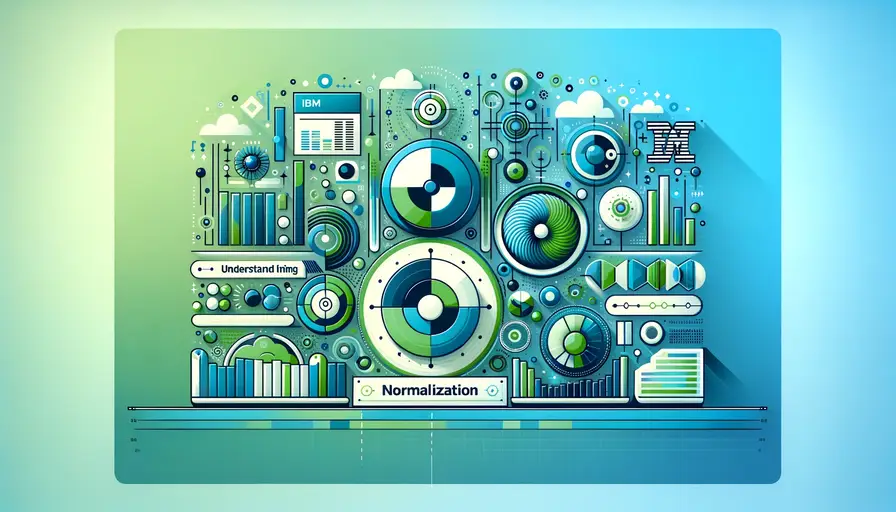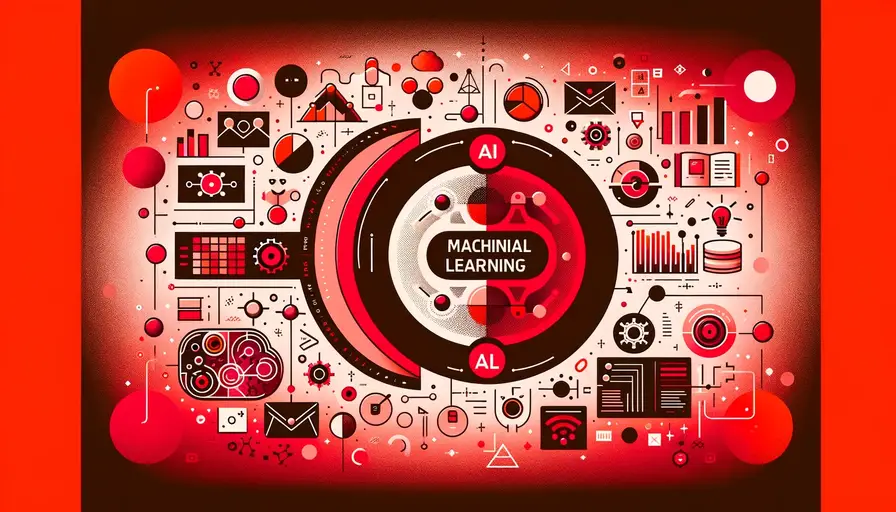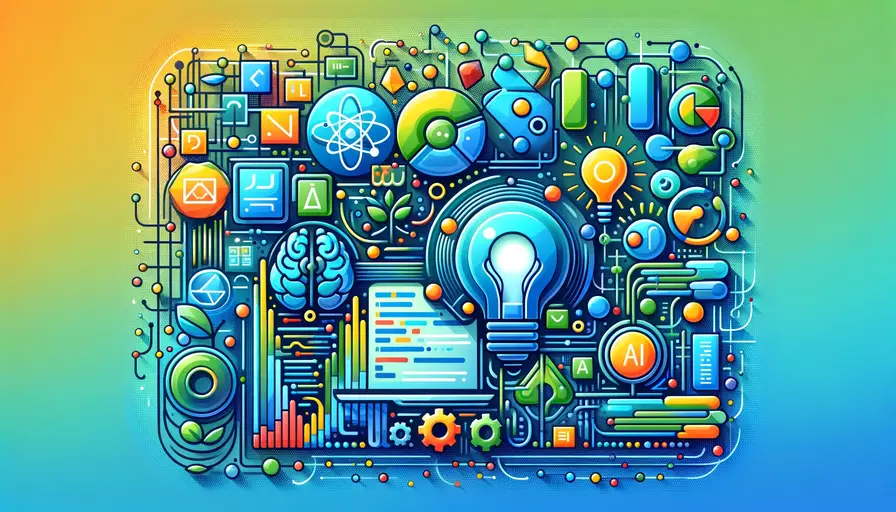
Is Machine Learning the Same as Artificial Intelligence?

Artificial intelligence (AI) and machine learning (ML) are often used interchangeably, but they are distinct concepts within the broader field of data science and computing. Understanding the differences and relationships between AI and ML is essential for grasping the capabilities and applications of these technologies.
Artificial Intelligence (AI)
Artificial Intelligence refers to the broader concept of machines being able to carry out tasks in a way that we would consider "smart." It encompasses a wide range of technologies and techniques aimed at creating machines that can perform tasks requiring human-like intelligence. AI includes various subfields such as machine learning, natural language processing, robotics, and expert systems.
AI systems are designed to mimic cognitive functions such as learning, problem-solving, perception, and decision-making. These systems can be rule-based, using predefined rules and logic to perform tasks, or they can use more advanced techniques like machine learning to learn from data and improve over time. The ultimate goal of AI is to create machines that can function autonomously and intelligently in complex environments.
Machine Learning
Machine Learning is a subset of AI focused on the development of algorithms that allow computers to learn from and make predictions or decisions based on data. Unlike traditional programming, where a programmer writes explicit instructions for the computer to follow, ML algorithms identify patterns in data and use those patterns to make predictions or decisions.
 Optimal Machine Learning Algorithms for Training AI in Games
Optimal Machine Learning Algorithms for Training AI in GamesML models improve over time as they are exposed to more data. This process involves training the model on a dataset, validating its performance, and adjusting parameters to optimize its accuracy. ML is used in various applications, from recommendation systems and fraud detection to speech recognition and medical diagnosis. Its ability to handle large datasets and complex patterns makes it a powerful tool in modern AI applications.
What Exactly is Machine Learning?
Machine Learning is defined as the ability of a computer to learn from data without being explicitly programmed. It involves the use of statistical techniques to enable machines to improve their performance on a task with experience. ML can be categorized into different types based on the nature of the learning process and the type of data used.
Supervised learning involves training a model on labeled data, where the correct output is provided for each input. The model learns to map inputs to outputs by minimizing the difference between its predictions and the actual labels. Unsupervised learning, on the other hand, deals with unlabeled data and aims to find hidden patterns or structures within the data. Reinforcement learning involves training a model through trial and error, receiving rewards or penalties based on its actions in a given environment.
How Does Machine Learning Work?
Machine Learning works by using algorithms to parse data, learn from it, and then make a determination or prediction about something in the world. The learning process involves several steps, including data collection, data preprocessing, model training, model evaluation, and model deployment.
 Is CNN a Machine Learning Algorithm? A Comprehensive Analysis
Is CNN a Machine Learning Algorithm? A Comprehensive AnalysisTypes of Machine Learning Algorithms
Types of Machine Learning Algorithms include supervised learning, unsupervised learning, semi-supervised learning, and reinforcement learning. Each type of algorithm serves different purposes and is suited for different types of tasks. Supervised learning algorithms are used for tasks like classification and regression, where the goal is to predict a target variable based on input features. Unsupervised learning algorithms are used for clustering and dimensionality reduction, where the goal is to find patterns or structures in the data. Reinforcement learning algorithms are used for decision-making tasks, where the goal is to maximize cumulative rewards through trial and error.
Machine Learning vs Artificial Intelligence
Machine Learning vs Artificial Intelligence highlights the differences between these two concepts. While AI is a broad field that encompasses various technologies aimed at creating intelligent systems, ML is a specific subset of AI focused on developing algorithms that can learn from data. In other words, all machine learning is AI, but not all AI is machine learning.
AI systems can include rule-based systems, expert systems, and symbolic reasoning, which do not involve learning from data. These systems rely on predefined rules and logic to perform tasks, and their performance does not improve with experience. ML, on the other hand, involves creating models that can learn and adapt over time, improving their performance as they are exposed to more data.
Key Features of Machine Learning
Key Features of Machine Learning include the ability to learn from data, improve over time, and make predictions or decisions based on patterns identified in the data. ML models can handle large and complex datasets, making them suitable for various applications across different industries.
 Unraveling Synonyms for Machine Learning: Exploring Alternative Names
Unraveling Synonyms for Machine Learning: Exploring Alternative NamesNatural Language Processing (NLP)
Natural Language Processing (NLP) is a subfield of AI and ML focused on the interaction between computers and human language. NLP techniques enable machines to understand, interpret, and generate human language. Applications of NLP include text classification, sentiment analysis, language translation, and chatbot development. ML algorithms play a crucial role in NLP by analyzing text data and identifying patterns that help machines understand and generate human language.
Computer Vision
Computer Vision is another key application of ML, enabling machines to interpret and understand visual information from the world. ML algorithms are used to analyze images and videos, recognizing objects, faces, and scenes. Applications of computer vision include image classification, object detection, facial recognition, and autonomous driving. By learning from large datasets of images, ML models can achieve high accuracy in visual recognition tasks, enabling various innovative applications.
Types of Machine Learning Algorithms
Types of Machine Learning Algorithms vary based on the learning process and the nature of the data. The main types include:
Supervised Learning
Supervised Learning involves training a model on labeled data, where each input has a corresponding output. The model learns to map inputs to outputs by minimizing the difference between its predictions and the actual labels. Common supervised learning algorithms include linear regression, logistic regression, decision trees, and support vector machines. Supervised learning is widely used for tasks like classification, regression, and prediction.
 Improving NLP Model Robustness
Improving NLP Model RobustnessUnsupervised Learning
Unsupervised Learning deals with unlabeled data and aims to find hidden patterns or structures within the data. Common unsupervised learning algorithms include k-means clustering, hierarchical clustering, and principal component analysis (PCA). Unsupervised learning is used for tasks like clustering, anomaly detection, and dimensionality reduction, where the goal is to explore the data and discover its underlying structure.
Relationship Between Machine Learning and AI
The relationship between machine learning and AI is integral, as ML is a subset of AI. While AI encompasses a wide range of techniques for creating intelligent systems, ML focuses specifically on developing algorithms that can learn from data. This relationship highlights the importance of ML in achieving AI's broader goals, as learning from data is crucial for developing intelligent and adaptive systems.
Rule-Based Systems
Rule-based systems are a type of AI that relies on predefined rules and logic to perform tasks. These systems use if-then statements to make decisions based on input data. Rule-based systems are simple and interpretable, but they lack the ability to learn from data and improve over time. They are suitable for tasks with well-defined rules and predictable outcomes.
Expert Systems
Expert systems are a type of AI that mimics the decision-making abilities of human experts. These systems use a knowledge base of facts and rules to solve complex problems. Expert systems can provide explanations for their decisions, making them valuable in domains like medicine, finance, and engineering. However, like rule-based systems, expert systems do not learn from data and require manual updates to incorporate new knowledge.
 Choosing Neural Networks over ML: Making the Right Decision
Choosing Neural Networks over ML: Making the Right DecisionSymbolic Reasoning
Symbolic reasoning is a type of AI that uses symbols and logical rules to represent and manipulate knowledge. Symbolic reasoning systems can perform tasks like theorem proving, natural language understanding, and problem-solving. These systems rely on explicit representations of knowledge and reasoning processes, making them interpretable and explainable. However, they lack the flexibility and adaptability of ML models, which can learn from data and improve over time.
Machine learning and artificial intelligence are distinct yet interconnected fields within data science and computing. AI encompasses a wide range of techniques aimed at creating intelligent systems, while ML focuses specifically on developing algorithms that can learn from data. Understanding the differences and relationships between AI and ML is essential for leveraging these technologies effectively in various applications. By combining the strengths of AI and ML, practitioners can develop powerful and adaptive systems that drive innovation and solve complex problems.
If you want to read more articles similar to Is Machine Learning the Same as Artificial Intelligence?, you can visit the Artificial Intelligence category.






You Must Read